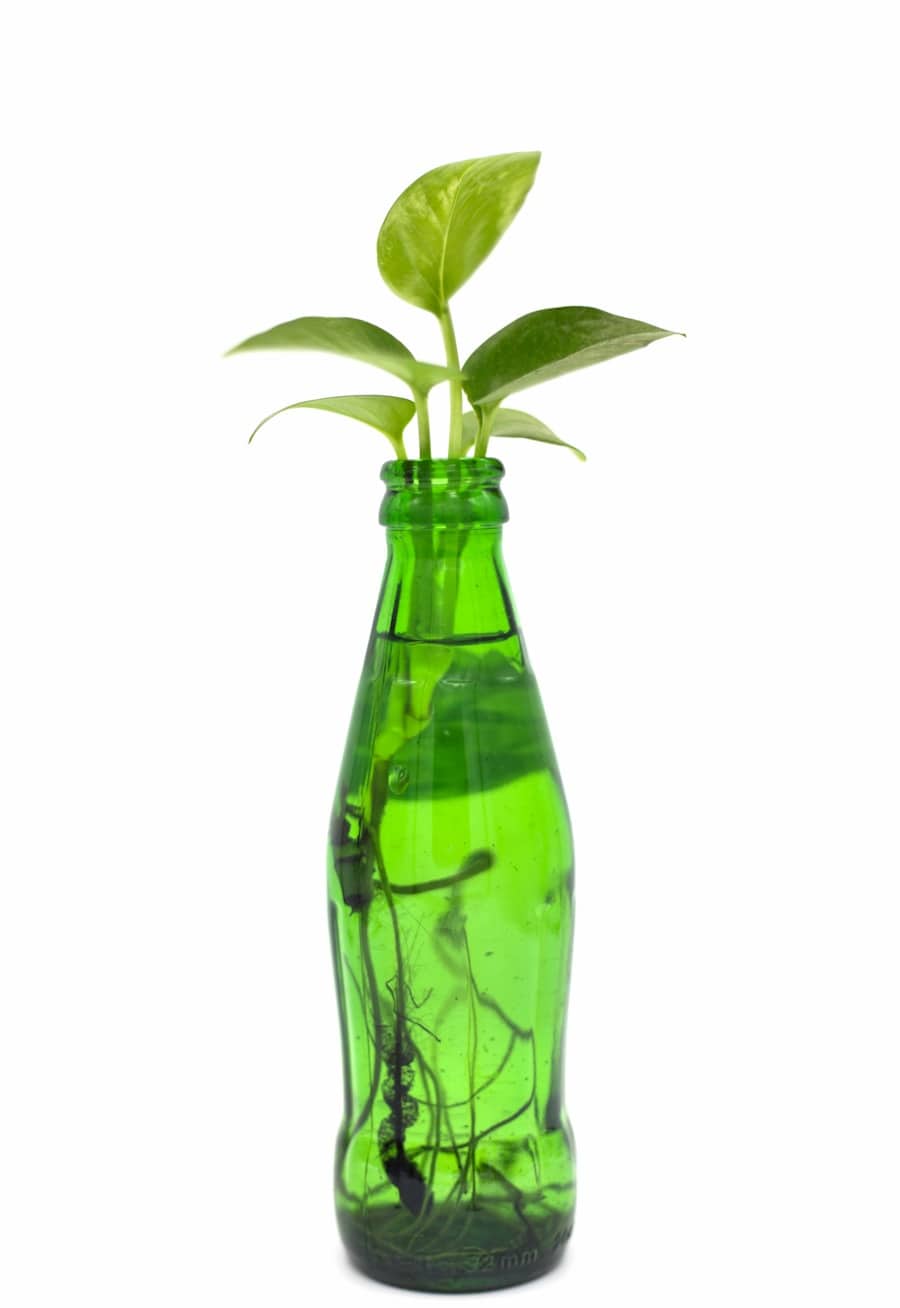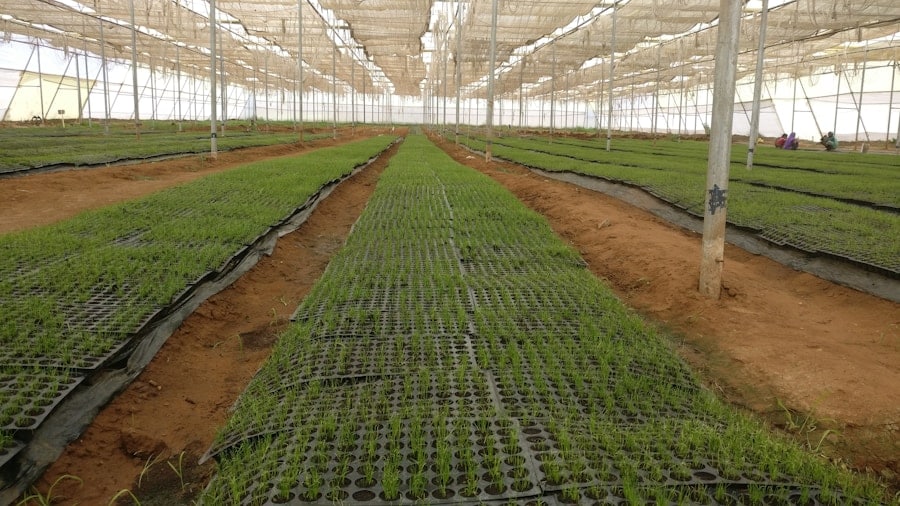Organic liquid fertilizer is a nutrient-rich solution derived from natural sources, designed to enhance plant growth and soil health. Unlike synthetic fertilizers, which are chemically manufactured, organic liquid fertilizers are made from organic materials such as animal manure, compost, seaweed, and plant extracts.
The liquid form allows for easy application and quick absorption by plant roots, making it an effective choice for gardeners and farmers alike. The composition of organic liquid fertilizers can vary significantly depending on the source materials used. For instance, fish emulsion is a popular organic liquid fertilizer made from fish waste, providing a rich source of nitrogen and trace minerals.
Seaweed extracts, on the other hand, are known for their high potassium content and growth-promoting hormones. The diversity in organic liquid fertilizers means that gardeners can select products tailored to the specific needs of their plants, whether they require a boost in nitrogen for leafy growth or potassium for flowering and fruiting. Check out the latest fertilizers for your garden at Soil Compost.
Key Takeaways
- Organic liquid fertilizer is made from natural ingredients and is free from synthetic chemicals, making it a sustainable and environmentally friendly option for plant nutrition.
- Using organic liquid fertilizer can improve soil health, promote microbial activity, and enhance plant growth and yield, while also reducing the risk of chemical runoff and pollution.
- Making your own organic liquid fertilizer at home is easy and cost-effective, using ingredients such as compost, manure, seaweed, or other organic materials, and a simple fermentation process.
- Organic liquid fertilizer can be applied to plants through foliar spraying, soil drenching, or irrigation, providing a quick and efficient way to deliver nutrients directly to the plants.
- To maximize the benefits of organic liquid fertilizer, it’s important to follow best practices such as diluting the fertilizer properly, applying it at the right time, and storing it in a cool, dark place.
Benefits of Using Organic Liquid Fertilizer
Improved Soil Health
Organic liquid fertilizers improve soil health over time by contributing to the development of beneficial microorganisms in the soil. These microorganisms play a crucial role in nutrient cycling and enhancing soil structure. This microbial activity not only helps in breaking down organic matter but also increases the soil’s ability to retain moisture and nutrients, creating a more sustainable growing environment.
Increased Plant Resilience
As a result, plants become more resilient to stressors such as drought or disease. This increased resilience is a significant advantage of using organic liquid fertilizers.
Environmental Benefits
Another significant advantage of organic liquid fertilizers is their lower environmental impact compared to synthetic alternatives. Organic fertilizers are less likely to leach into waterways, reducing the risk of water pollution and harmful algal blooms. Additionally, they promote biodiversity in the soil ecosystem, supporting a wide range of beneficial organisms that contribute to overall soil health. By choosing organic options, gardeners can cultivate their plants while also protecting the environment and promoting sustainable agricultural practices.
How to Make Your Own Organic Liquid Fertilizer

Creating your own organic liquid fertilizer at home can be both cost-effective and rewarding. One popular method involves using kitchen scraps and compost. To make this fertilizer, start by collecting vegetable peels, fruit scraps, and other organic waste.
Place these scraps in a large container filled with water and let them steep for several days. The nutrients from the scraps will leach into the water, creating a nutrient-rich liquid that can be diluted with additional water before application. Another effective homemade organic liquid fertilizer can be made using comfrey leaves, which are known for their high nutrient content.
To prepare this fertilizer, fill a bucket with fresh comfrey leaves and cover them with water. Allow the mixture to sit for about two to three weeks, stirring occasionally. The resulting liquid will be dark and potent, rich in nitrogen, potassium, and phosphorus.
This comfrey tea can be diluted with water before being applied to plants as a foliar spray or soil drench. For more information on organic gardening and homemade fertilizers, you can visit the Royal Horticultural Society website.
Application Methods for Organic Liquid Fertilizer
| Application Method | Advantages | Disadvantages |
|---|---|---|
| Drip Irrigation | Efficient use of water and fertilizer, reduced leaching | Initial setup cost, clogging of emitters |
| Foliar Spray | Rapid nutrient absorption, reduced soil compaction | Requires frequent application, risk of leaf burn |
| Soil Drenching | Direct application to root zone, reduced nutrient loss | Slow uptake by plants, potential over-application |
| Fertigation | Precise nutrient application, reduced labor costs | Requires specialized equipment, risk of clogging |
There are several effective methods for applying organic liquid fertilizer to plants, each suited to different gardening situations. One common approach is to use a watering can or spray bottle for direct application to the soil or foliage. When applying directly to the soil, it is essential to ensure that the fertilizer is diluted appropriately to prevent root burn or nutrient overload.
A general guideline is to mix one part liquid fertilizer with ten parts water for most applications. Foliar feeding is another method that can be particularly beneficial for delivering nutrients directly to plant leaves. This technique involves spraying a diluted solution of organic liquid fertilizer onto the foliage during cooler parts of the day, such as early morning or late afternoon.
Foliar feeding allows plants to absorb nutrients quickly through their leaves, which can be especially useful during periods of rapid growth or when plants show signs of nutrient deficiency.
Best Practices for Using Organic Liquid Fertilizer
To maximize the effectiveness of organic liquid fertilizers, it is essential to follow best practices that ensure proper application and timing. One key practice is to conduct a soil test before applying any fertilizer. Understanding the nutrient composition of your soil will help you determine which nutrients are lacking and how much fertilizer is needed.
This targeted approach prevents over-fertilization and promotes balanced plant growth. Timing is also crucial when using organic liquid fertilizers. Applying fertilizers during the active growing season—typically spring and early summer—ensures that plants can utilize the nutrients effectively.
Additionally, it is advisable to apply organic liquid fertilizers after watering or rainfall when the soil is moist. This practice helps prevent nutrient runoff and allows for better absorption by plant roots.
Natural and Safe
Organic liquid fertilizers are derived from natural sources and are generally considered safer for both the environment and human health. They improve soil structure and promote biodiversity while providing essential nutrients in a slow-release manner that aligns with natural plant growth cycles.
Rapid but Harmful
In contrast, chemical fertilizers are synthesized from inorganic compounds and can deliver nutrients rapidly to plants. However, they often lead to issues such as soil degradation, nutrient leaching, and potential harm to beneficial microorganisms in the soil. Over time, reliance on chemical fertilizers can result in diminished soil fertility and increased dependency on synthetic inputs.
Long-term Soil Health
While chemical fertilizers may offer immediate results, they do not contribute to long-term soil health in the same way that organic options do.
Tips for Maximizing Plant Growth with Organic Liquid Fertilizer

To achieve optimal plant growth using organic liquid fertilizers, consider implementing several strategies that enhance nutrient uptake and overall plant health. First, ensure that your plants are well-hydrated before applying any fertilizer. Watering plants prior to fertilization helps prevent root burn and allows for better absorption of nutrients when they are introduced into the soil.
Additionally, consider rotating your use of different types of organic liquid fertilizers throughout the growing season. For example, you might start with a nitrogen-rich fertilizer during early growth stages to promote lush foliage and then switch to a potassium-rich option as plants begin to flower or set fruit. This rotation not only provides a balanced nutrient supply but also encourages diverse microbial activity in the soil.
Common Mistakes to Avoid When Using Organic Liquid Fertilizer
While using organic liquid fertilizers can significantly benefit plant growth, there are common mistakes that gardeners should avoid to ensure success. One frequent error is over-fertilization, which can lead to nutrient imbalances and harm plant health. It is essential to follow recommended dilution rates and application frequencies based on specific plant needs rather than applying fertilizers indiscriminately.
Another mistake is neglecting the importance of timing when applying organic liquid fertilizers. Applying fertilizer during extreme weather conditions—such as high heat or heavy rain—can reduce its effectiveness and lead to nutrient runoff or evaporation before plants can absorb them. Additionally, failing to monitor plant responses after fertilization can hinder your ability to adjust your fertilization strategy based on observed growth patterns or deficiencies.
By understanding these common pitfalls and implementing best practices for application and timing, gardeners can harness the full potential of organic liquid fertilizers to support healthy plant growth while promoting sustainable gardening practices.
If you are interested in learning more about organic liquid fertilizer for plants, you may also want to check out this article on how to harvest parsley. This comprehensive guide provides valuable information on growing and harvesting parsley, which can benefit from the use of organic liquid fertilizer to thrive and produce abundant yields.
FAQs
What is organic liquid fertilizer for plants?
Organic liquid fertilizer for plants is a natural and environmentally friendly alternative to chemical fertilizers. It is made from organic materials such as compost, seaweed, fish emulsion, and other natural ingredients.
How does organic liquid fertilizer benefit plants?
Organic liquid fertilizer provides essential nutrients to plants, promoting healthy growth and development. It also improves soil structure, increases microbial activity, and enhances the overall health of the plant.
Is organic liquid fertilizer safe for the environment?
Yes, organic liquid fertilizer is safe for the environment as it does not contain harmful chemicals or synthetic additives. It is biodegradable and does not contribute to water or soil pollution.
How is organic liquid fertilizer applied to plants?
Organic liquid fertilizer can be applied to plants by diluting it with water and then watering the plants with the mixture. It can also be sprayed directly onto the leaves for foliar feeding.
Can organic liquid fertilizer be used for all types of plants?
Yes, organic liquid fertilizer is suitable for a wide variety of plants including vegetables, fruits, flowers, and ornamental plants. It can be used for both indoor and outdoor plants.
What are the advantages of using organic liquid fertilizer over chemical fertilizers?
Organic liquid fertilizer promotes long-term soil health, reduces the risk of nutrient runoff, and supports beneficial soil microorganisms. It also minimizes the negative impact on the environment and human health compared to chemical fertilizers.

